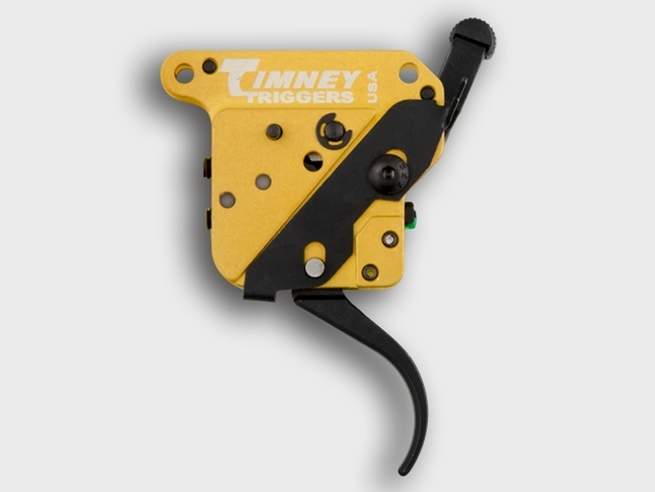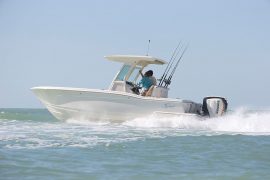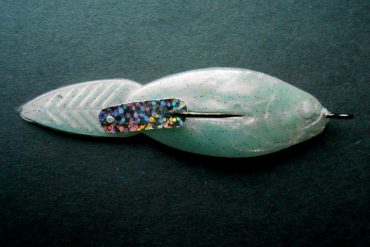
A correspondent of mine, a person of very little taste and hardly any mechanical sophistication, asks me if a double-stage trigger is just a single-stage trigger with a lot of added creep, and why bother? No, and here’s why.
Creep, in a single-stage trigger, comes from too much engagement between the sear and the trigger. If the trigger components are too soft, or too rough, or uneven, one part scrapes along the other when the trigger is pulled, and if you add in too much spring pressure on the trigger, you get a pull that’s impossible to control.
Prior to the introduction of the Savage AccuTrigger in 2002, most American-made rifles had truly dreadful single-stage triggers. Manufacturers were unable to turn out a well-made trigger at a price that would not jack up the cost of the gun, and lawyers insisted that triggers be made tamper-proof and accidental-discharge-proof. The result was triggers that would release only with the help of God. You wouldn’t be able to shoot well with them, but neither would you get an accidental discharge. The lawyers were satisfied, and that was all that mattered.
Ron Coburn, who was president of Savage at the time, saw that this was a bunch of do-do, and came up with a trigger that was impossible to set off by accident, had an excellent pull that could be adjusted by the owner*, and could be made cheaply and still work fine. Savage achieved this by going back to the old double-stage design, beloved of military-rifle designers.
Here, the sear has loads of engagement, which you eliminate by pulling through the first stage. This long pull is very light, not creepy or draggy as it is on a bad single-stage. When you feel resistance, you’re in the second stage, and you’re on warning that the gun is about to go bang. Most single-stage triggers can’t be adjusted to break safely with less than 3 pounds of pull. To get below that, you need to cut the sear engagement back to the point where the rifle will go off if you…





